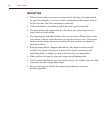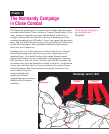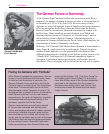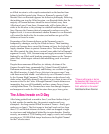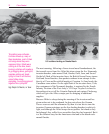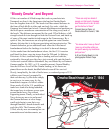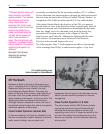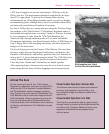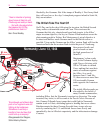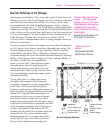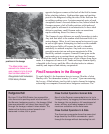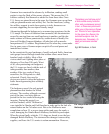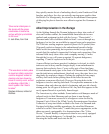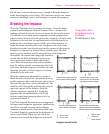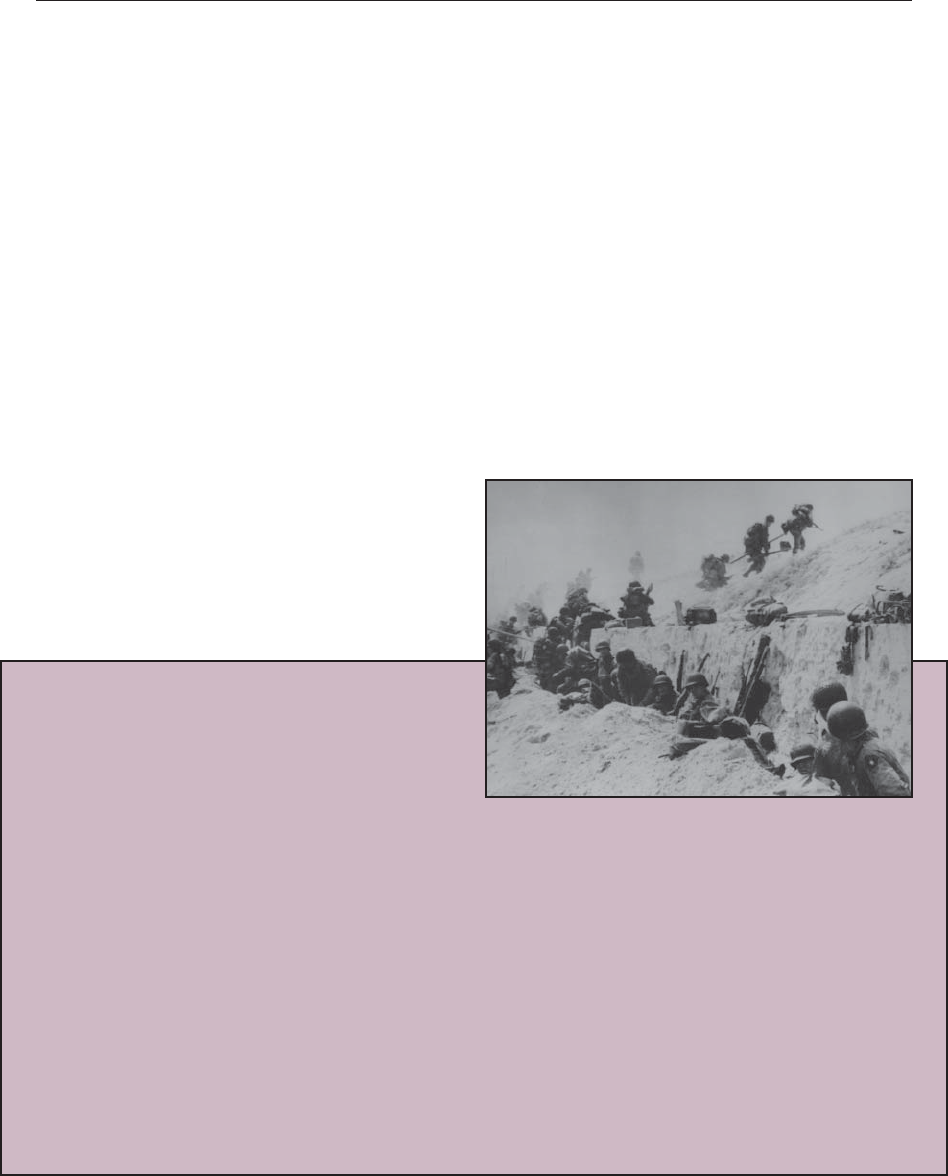
72
Close Combat
Off The Beach
Between midday on June 6 and the evening of
June 7, elements of the 115th and 116th Infantry
Regiments fight their way inland to the high
ground beyond Omaha Beach. They clear the
towns of Vierville, Saint Laurent, and Colleville on
the coast road, then probe towards the Bayeux-
Isigny highway and beyond—to the river Aure. The
Americans outman and outgun the Germans.
Although German resistance is fierce, the lack of
centralized control hinders their efforts to organize
resistance against the Americans.
Close Combat Operation: German Side
A “last man defense” will lead to a disaster for the
German commander’s teams. However, the stone
walls, stone buildings, narrow roads, and
U.S. soldiers taking cover
behind seawall on Omaha Beach
hedgerows that are typical of the Norman country-
side all provide excellent positions for German
strongpoints.
Close Combat Operation: U.S. Side
The action starts with the 29th Division already
moving into the terrain beyond Omaha Beach.
Although the Americans have more men and
supporting armor, the U.S. teams are about to bite
into their first taste of the confining terrain of the
Norman countryside—and the German defenses
lurking within.
“The beach became strewn with
dead, wounded, and shelter-
seeking soldiers. They reached
the low stone wall, but the
safety offered there was
temporary. Our mortar crews
had waited for this moment and
began to lay deadly fire on
preset coordinates along the
sea wall. Mortar rounds with
impact fuses exploded on
target. The shell splinters, wall
fragments, and stones inflicted
severe casualties. The waves of
attackers broke against our
defenses.”
Grenadier
Franz Gockel,
describing the carnage
at Omaha Beach
eventually overwhelmed by the increasing numbers of U.S. soldiers.
By late afternoon, the Americans have captured the bluffs and secured
the exits from the beach that will later be called “Bloody Omaha,” in
recognition of the 2,000 casualties that the U.S. has suffered there.
After taking Omaha Beach, the objective of the 29th is to proceed
toward the river Aure, in the direction of their eventual goal, Saint-Lô.
Scattered American units find themselves intermingled as they make
their way inland. Just a few thousand yards from the beach, they
encounter stiff German resistance in the villages of Vierville,
Saint-Laurent, and Colleville. Although the fighting initially slows
their advance, the Americans press on toward a line between
Trévières in the east and Isigny in the west.
The following day, June 7, beach engineers are able to clear enough
of the wreckage from D-Day to unload some supplies. A day later,



